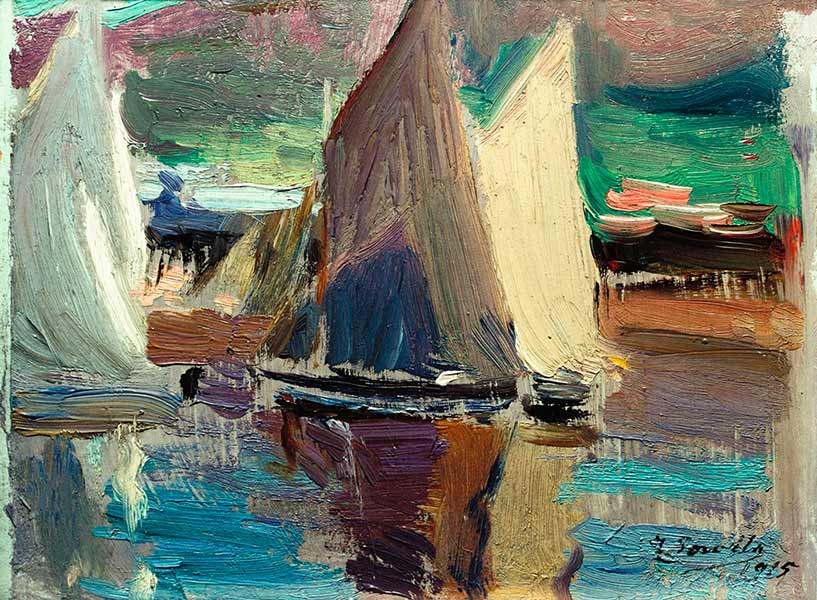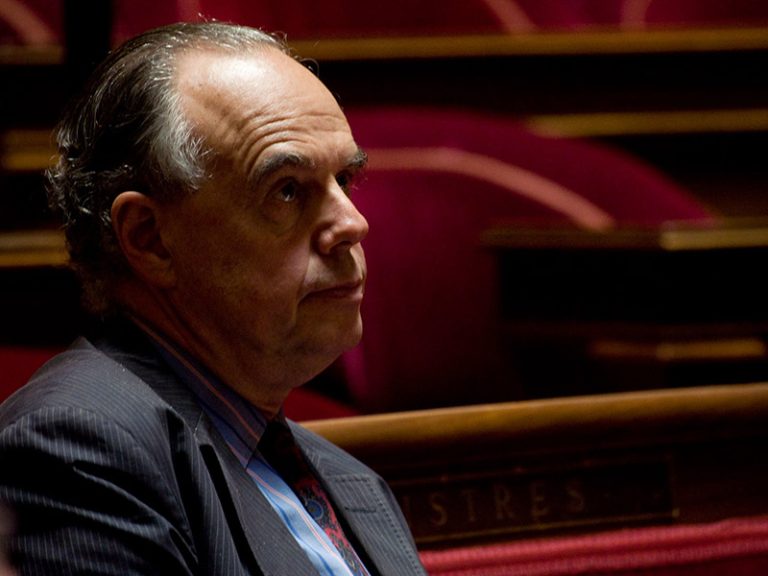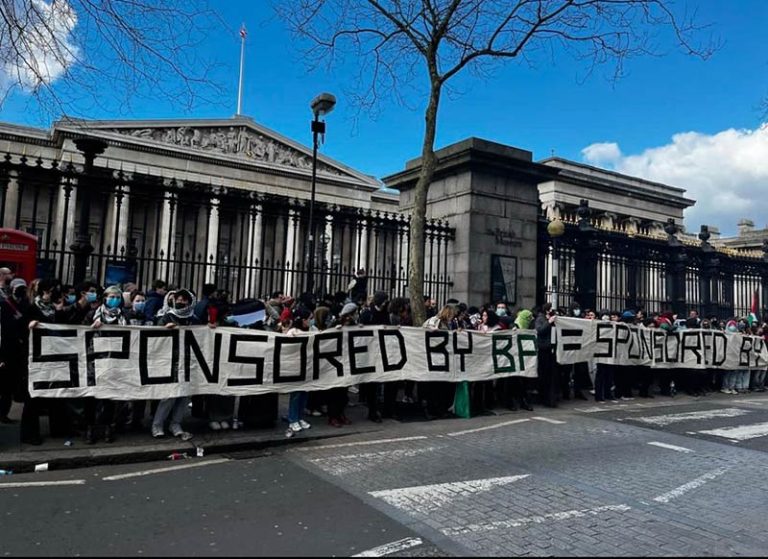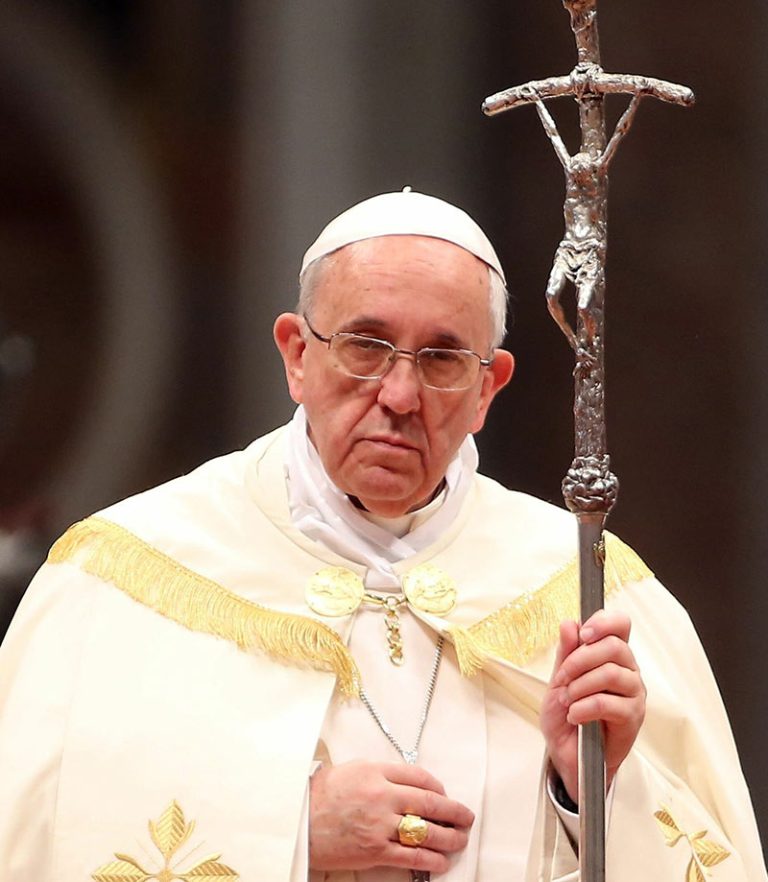Spain. A watercolor by Joaquín Sorolla, an ancient Iberian vase, a Chinese shawl from the Qing dynasty, a Persian tile from the 13th century: these goods appear in the inventory of cultural objects seized during the civil war (1936-1939) and under the dictatorship by Franco (1939-1970), put online by the Ministry of Culture based on work carried out by the General Directorate of Cultural Heritage and Fine Arts (DGPC). In this list, made from the analysis of the collections of the sixteen state museums, there is a variety of objects such as vases, shawls, paintings, jewelry, clothing, fans, liturgical ornaments and pieces of tableware. Of the sixteen institutions, nine are affected by this list: the Costume Museum-Ethnological Research Center, the National Archaeological Museum, the National Museum of Romanticism, the National Museum of Decorative Arts, the National Museum of Anthropology, the Museum of America, the Sorolla Museum, the González Martí National Museum of Ceramics and Sumptuary Arts and the National Sculpture Museum.
Inventory work dates back to the creation of the Artistic Treasure Council, an organization created in 1936 under the government of the Second Spanish Republic dedicated to the conservation of artistic heritage. To ensure the protection of cultural property against looting and bombing, it was kept safe in warehouses spread throughout the territory. The Service for the Defense of National Artistic Heritage (SDPAN), created by Franco, was created in 1938 with the mission of returning works to their owners at the end of the war. If this was not done, the goods were deposited in different institutions and museums.
At the National Museum of Sculpture, located in Valladolid, Spanish and Italian Baroque and Renaissance objects predominate, including works by the 18th-century Malaga sculptor Fernando Ortiz (1717–1771), the Baroque sculptor Pablo González Velázquez (1664– 1727), by the Murcian Alfonso Giraldo Bergaz (1744-1812) and a Virgin and Child by the Genoese Leonardo Mirano (1577-1637). Religious miniatures and antique ceramics from the collection of the art dealer Weissberger, kept at the Museum of Decorative Arts, as well as a set of statuettes from the collection of the industrialist Carlos Walter Heiss, kept at the National Archaeological Museum, also appear in inventory.
A portal for rights holders
Published on the website of the Ministry of Culture, the inventory consists of a list of assets accompanied by documentary records indicating the work currently being researched, as well as archives, such as the inventory books of the Artistic Treasury Council and the Artistic Recovery Service. The beneficiaries of these assets can now request the restitution of the inventoried objects, by providing proof of their ownership, thus meeting the requirements of the Democratic Memory Act which came into force in 2022, which opens the “right to the restitution of seized property” under Francoism.







